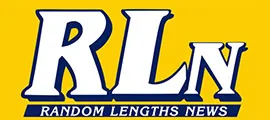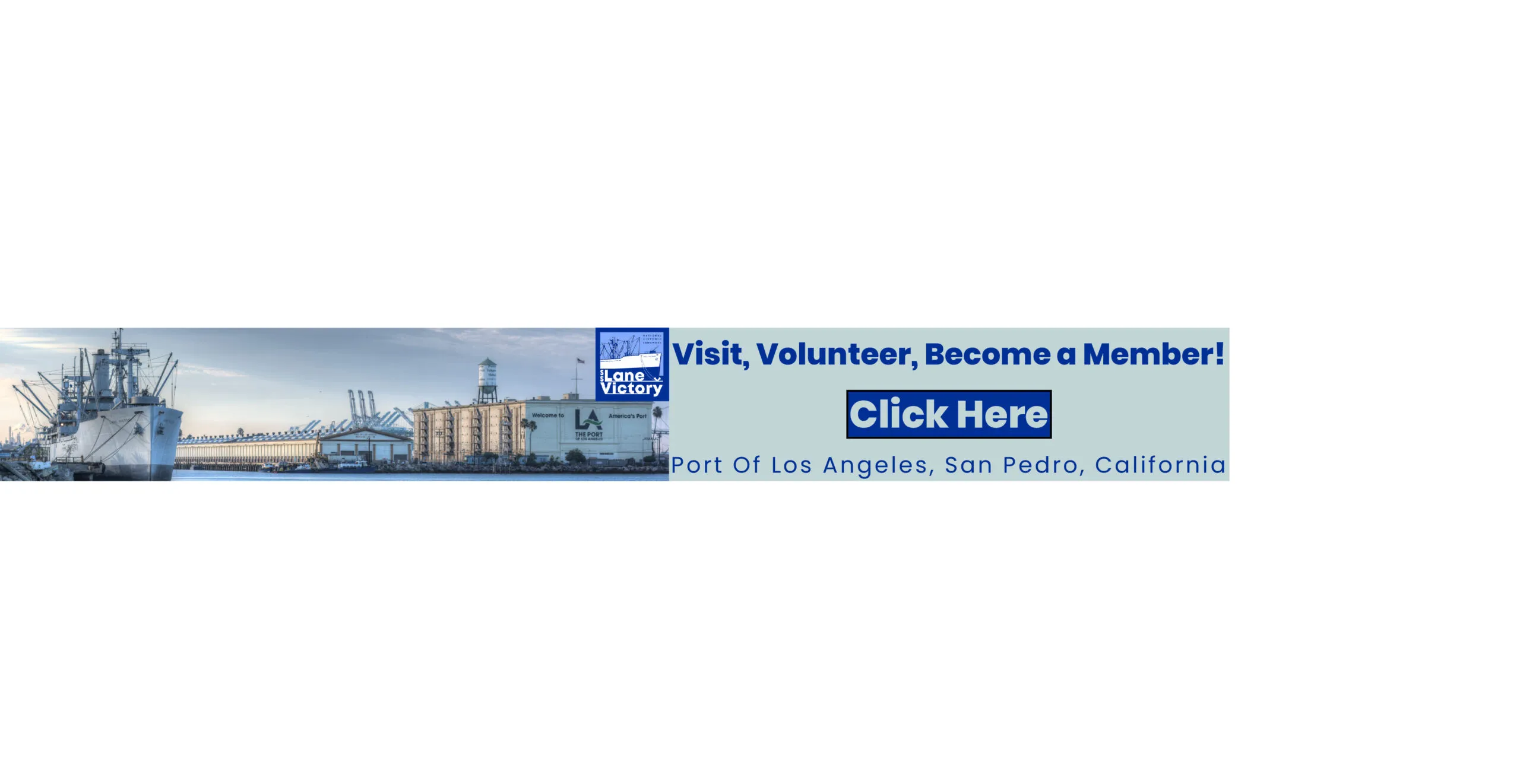
By Andrea Serna, Arts and Culture Writer
Contrasting styles are celebrating the art of sculpture at two of area colleges this month.
Eugene Daub, Sculpture/Drawings/Photos is on display at Los Angeles Harbor College Fine Arts Gallery and Michael Davis, No Place to Hide is the exhibition at the El Camino Art Gallery.
The juxtaposition of these two nationally recognized sculptors, shown in such close proximity, present an exceptional opportunity. Art lovers can view a range of public art created in the United States. Each artist has achieved prominence through works commissioned for national parks, universities, transit stations, courthouses and even the U.S. capitol. Both of these artists reside right in San Pedro.
The long history of public art has its roots in the cultures of the great empires. Greeks and Romans constructed art that was meant to symbolize the culture and the leaders of great society. In recent times, monuments such as the Eiffel Tower and the Statue of Liberty have become icons of nation states.
In recent years, public art has increasingly expanded in scope and application, both into wider and more challenging areas of the art form. And also, across a much broader range of what might be called our public realm. Such cultural interventions have often been realized in response to creatively engaging a community’s sense of ‘place’ or ‘well-being’ in society.
Michael Davis and Eugene Daub employ completely contrasting aesthetics, but both create public art that engages their audience through site-specific installations. Daub, through his heroic, humanistic monuments of historical figures, and Davis through a minimalist theory that he equates with political consciousness.
Michael Davis: No Place to Hide
This exhibition represents about 34 years of work for artist Michael Davis. Davis titled his art business “M.A.D. Art” (mutually assured destruction) in response to the genuine peril of nuclear annihilation.
“The body of work goes back to the mid-80s” Davis said. “At that particular time, I was doing some research on nuclear energy. I was interested in the proliferation of it and how it relates to my own life. I picked up the book No Place to Hide by David Bradley. It was a book that influenced me especially when I realized that he had written the book in the year of my birth, 1948.”
The best-selling book, a memoir of the Bikini Islands atomic bomb tests in the late 40s and early 50s, alerted the world to the dangers of radioactive fallout from nuclear testing.
The artist found himself struck by pivotal moments in history. Moments that occurred in his own life, such as the Cuban Missile Crisis, the Kennedy assassination and the moon landing.
He realized, as he compiled the exhibition, that he had created a lifelong theme to his work.
One of the first pieces to greet visitors to the exhibit is Davis’s version of the “Doomsday Clock,” a plywood, neon paint, digital print, on plexiglass. The familiar image is known to warn the world of the dangers of an imminent nuclear war. Davis’ piece is based on a photo of the actual first atomic bomb detonated at Alamogordo, N.M. He updated his piece with fluorescent colors that convey the effect of irradiation. According to the Bulletin of Atomic Scientists, our clock is currently set at 5 minutes to midnight.
”The symbology of the 1950s was embedded in my consciousness early on and remains relevant today” Davis said. “Industrial refuse, the excess of Cold War industry, is included in my art materials. But I also look to science and astronomy, the infinitesimally small and infinitely large to seek connections that bind us together in spirit, if not ideology.”
Davis’ analytic conceptual style, based on moral and social issues, utilizing fabricated materials, may seem diametrically opposed to the warm classical bronze work of Eugene Daub. However, each artist addresses the challenges of mankind in today’s world.
Eugene Daub, Sculpture / Drawings / Photos
Eugene Daub’s work documents many of the greatest struggles in American history.
Among his themes are the crossing of the American west through the Lewis and Clark expedition and the ultimate success of the civil rights movement.
The artist has completed more than 40 public arts commissions nationwide. He has artwork in three U.S. capitols and collections in the Smithsonian Museum and the British Art Museum.
His most famous work is his statue of Rosa Parks, installed in the U.S. capitol. The statue of Mrs. Parks captures her waiting to be arrested on Dec. 1, 1955, after she refused to give up her seat for a white passenger on a crowded segregated bus in Montgomery, Ala. She is seated, dressed in a heavy wool coat and clutching her purse as she looks out of an unseen window, waiting for the police.
Daub’s exhibit embodies the deeply felt humanity in his works.
“Eugene is uniquely qualified in the world” said curator Ron Linden. “There just aren’t that many people who can do that anymore. His work is about portraiture and it is driven by history. His works are all public works. Once they are commissioned and installed, they are kind of like gone. He doesn’t really have any control over where and how they are installed. The realm of public art is a whole different game.”
Daub utilizes the lost wax casting method, which is a lost art in itself. The exhibition at Harbor College displays not only finished works, but sketches and molds used to transform clay figures into bronze sculpture.
Included in this exhibit are full-sized statues and maquettes of the Lewis and Clark monument, the Rosa Parks statue, the “Japanese Internment Monument” and many more.
Each of these exhibits presents an opportunity for students and the public to study the process and finished works of sculptors working in the elite field of public art.
Eugene Daub, Sculpture / Drawings / Photos is showing at Harbor College Fine Arts Gallery, 1111 Figueroa Place in Wilmington. The show runs through Dec. 4. Gallery hours are Monday through Thursday, 11 a.m. through 4 p.m.
Michael Davis, No Place to Hide is showing at El Camino College Art Gallery, 16007 Crenshaw Blvd. in Torrance. The show runs through Oct. 30. Gallery hours are Monday through Thursday 9 a.m. to 4 p.m. and Wednesday through Thursday 12 to 8 p.m. It is closed weekends.



